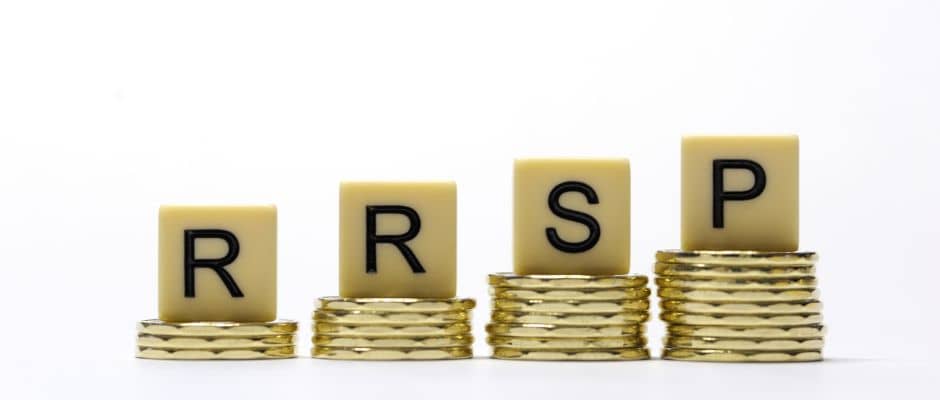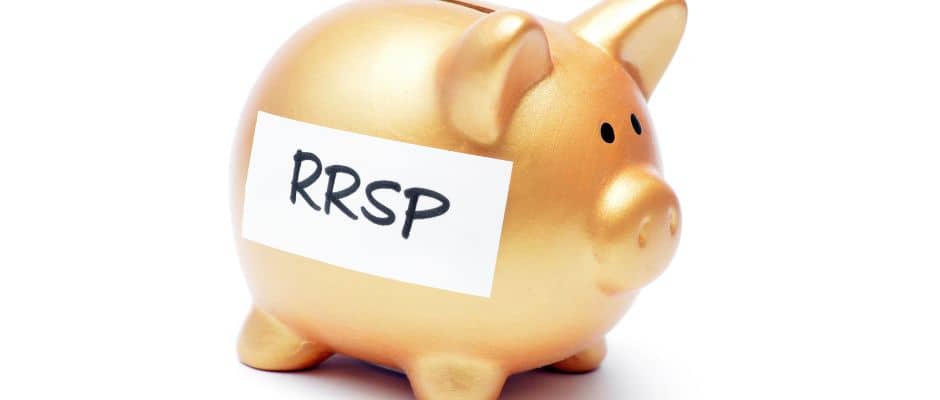As the calendar turns over, it is important to review our options for investment contributions. In 2024, Canadian investors receive a new contribution limit for both TFSAs and RRSPs. In recent years, the popularity of RRSPs has started to wane. Why is this? For one, 2022 was a brutal year for the Canadian and global economies. Many people simply could not afford to contribute with interest rates and inflation rising. The TFSA or Tax-Free Savings Account has also gained more popularity amongst younger Canadians. In this article, we will discuss 5 reasons you need an RRSP in 2024.
RRSPs are incredibly powerful accounts for long-term Canadian investors. Over the past couple of years, RRSPs have fallen out of favour with Canadians, especially with the emergence of the TFSA. But there are plenty of reasons why you should still use an RRSP for retirement.
We understand how difficult this year has been for many Canadians. It seems that interest rates are plateauing and that we could see a reprieve from macroeconomic pressure in the back half of 2024. Even if you can only contribute a few dollars here and there, saving and investing for your retirement is always something you should consider doing.

What is an RRSP?
Let’s start with the basics. The RRSP itself was introduced back in 1957 and has been the dominant retirement account in the Canadian financial world. This dominance has continued to this day even after TFSAs were introduced in 2009.
The RRSP is a registered savings account which means that any capital gains or interest accrued in your RRSP are tax-free. Actually, they are not tax-free, they are tax-deferred which means you are not taxed until you withdraw the funds from the account. But for most of your life, these gains will be tax-free!
Are RRSPs only for retirement? Yes, which is probably why the TFSA has been gaining popularity in recent years. RRSP contributions can be made until the age of 71 in Canada. At this point, you can no longer make contributions so you have three options:
- Withdraw your funds (and get taxed on them)
- Purchase an annuity with the funds
- Convert your RRSP to an RRIF or Registered Retirement Investment Fund
Is the RRSP perfect? Absolutely not. But for most Canadians, it allows you to invest income during the years you are working so that you can live comfortably in retirement. Let’s look at 5 reasons you need an RRSP in 2024.
5 Reasons You Need an RRSP in 2024
1. RRSPs are Great for Tax Season

We already talked about how any capital gains made in the RRSP are tax deferred until you withdraw funds. RRSPs are also tax-deductible which means that any contributions you make are also deducted from your taxable income for the year. Note that RRSP contributions are capped at about 18% of your previous year’s earned income.
The tax-deductible contributions are intended to provide taxable income relief during your high-earning years of life. Of course, if you invest throughout your life, your retirement years can easily bring in just as much income, if not more!
2. RRSP Contributions Can Be Rolled Over
If you are unable to meet your maximum RRSP contributions this year there is nothing to worry about! Any unused contributions can be rolled forward to the next year. In 2024, the maximum contribution for any Canadian is $31,560. Your contribution limit will likely be different depending on how much earned income you had in 2023.
Any unused RRSP contributions can be rolled forward to any year in the future. This comes in handy if you are expecting a raise or promotion soon that would bump you into a higher tax bracket. Use your unused contribution room to lower your taxable income even more!
3. You Can Invest in a Number of Different Assets

For the most part, RRSPs are like any other non-registered investing account. You can buy stocks, bonds, ETFs, mutual funds, and GICs, just like you can in any other investment account. These days, you can even trade options contracts and employ a covered call strategy to boost the income in your RRSP. Many Canadians use their RRSPs to stockpile dividend-paying assets that can DRIP and compound over time.
In fact, the RRSP is so flexible that you can even invest in cryptocurrencies. You can’t directly hold Bitcoin or Ethereum, but there are plenty of crypto ETFs that are available to you if you believe that the future of finance lies in the digital currency market.
4. Use Your RRSP to Help Buy Your First House
In Canada, the First Time Home Buyers’ Plan helps young Canadians withdraw up to $35,000 tax-free from their RRSP to help with the downpayment on their first home. We all know how much of a struggle it can be to buy your first piece of property so anything helps!
Note that you do have to repay this to your RRSP within 15 years so it isn’t a completely free process. Consult a financial advisor if you are unsure if this benefit will help your financial situation!
5. Spouses Can Benefit From RRSP Contributions

If one partner makes a lot more earned income each year they can contribute to the RRSP in their spouse’s name. This means that they can also use the tax deduction for their own earned income which will be of more benefit than to the spouse that earns less.
It is also beneficial in retirement where both spouses can split the RRSP income evenly. These savvy decisions earlier in life can have great financial impacts later on as well!
The Downside of RRSPs
To be fair and unbiased, we can’t just look at the positives of the RRSP. While we at Savvy Canadian Finance believe the RRSP to be beneficial, there are some downsides.
1. RRSPs Have Heavy Penalties for Early Withdrawals
If you are ever in a financial pinch, try not to withdraw funds from your RRSP. Why? Because the tax rate for early withdrawals is a heavy penalty to pay in Canada. Anytime you withdraw funds from your RRSP before the age of 71, you are subject to an astonishingly high withholding tax rate. Basically, if you are withdrawing $15,000 or more from your RRSP before the age of 71, you will be taxed by 30%!
2. RRSPs Are Not as Flexible as a TFSA
The thing that everyone loves about TFSAs is that you can deposit and withdraw funds freely. As the name suggests, there are no taxes to be paid on anything within the TFSA. This is clearly why many Canadians have taken to contributing to their TFSA over their RRSPs.
If you earn a lower amount of income where any tax deductions from RRSP contributions are negligible, then it makes sense to contribute to your TFSA first. Likewise, if you have a generous pension plan waiting for you in retirement.
Are RRSPs Worth It in 2024?
Should you contribute to an RRSP in 2024? Of course, that is up to your own personal financial situation. If you have not started an RRSP yet, check with a financial advisor to see if it fits into your financial plan. At Savvy Canadian Finance, we are always fans of investing in your future self. Retirement can be an uncertain time in your life and not having that paycheque every other week can be scary.
Having a solid foundation of an RRSP to help fund your quality of life in retirement is helpful no matter how much money you have. It does not need to be much, but setting up regular contributions is a great way to start. Start investing in your RRSP and let compounding do its thing over the long term!
Thanks for reading! We hope you learned a thing or two about RRSPs!
Stay savvy!
